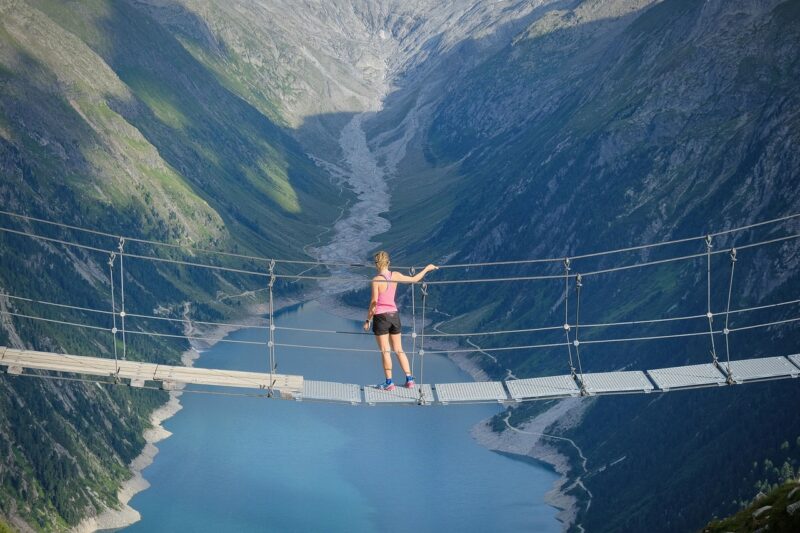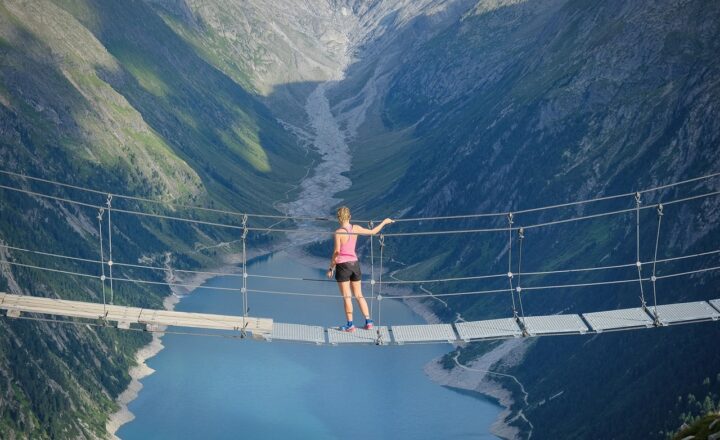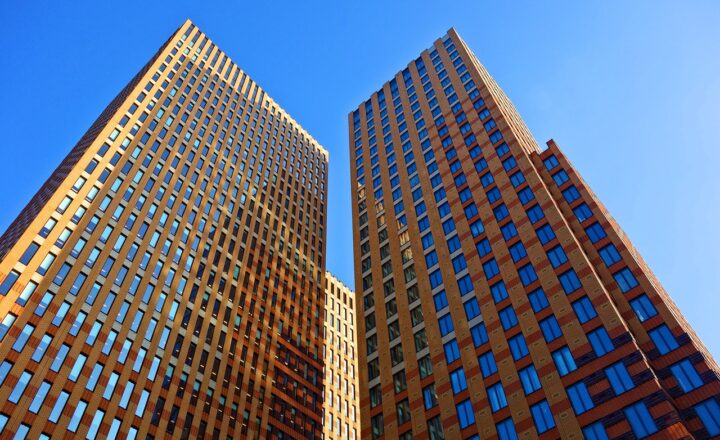The World’s Most Ingenious Bridges and How They Defy Engineering Limits
November 11, 2024

Bridges are one of humanity’s most impressive feats of engineering, showcasing not only our creativity but also our ability to overcome challenges posed by nature. From ancient stone constructions to modern marvels of steel and concrete, bridges serve as crucial links that connect communities and facilitate trade. In this article, we will explore some of the world’s most ingenious bridges, highlighting their unique designs, engineering challenges, and the innovative solutions that brought them to life.
1. The Golden Gate Bridge: An Icon of Engineering
The Golden Gate Bridge, located in San Francisco, California, is perhaps one of the most recognized symbols of engineering excellence. Completed in 1937, it was the longest and tallest suspension bridge in the world at the time of its opening. The bridge spans approximately 1.7 miles and connects San Francisco to Marin County, standing proud over the turbulent waters of the Golden Gate Strait.
One of the most significant engineering challenges of building this bridge was dealing with the strong currents and fog that often obstruct the view for workers. The use of innovative methods, such as prefabricated sections and a unique cantilevered design, allowed the construction to progress steadily despite the adverse conditions. The Golden Gate Bridge showcases the beauty of functional design, with its Art Deco style and striking International Orange color, making it a beloved landmark.
2. The Millau Viaduct: Reaching New Heights
Nestled in the scenic countryside of southern France, the Millau Viaduct is an architectural wonder that holds the title of the tallest bridge in the world. Opened in 2004, this cable-stayed bridge spans the Tarn River Valley and stands at a staggering height of 1,125 feet above the ground.
The design of the Millau Viaduct was inspired by the natural beauty of the landscape, and it employs a minimalist approach, blending seamlessly into its surroundings. Engineers faced numerous challenges, including strong winds and varying terrain, which they overcame by using adaptable methods and technologies. The Millau Viaduct’s innovative approach to form and function makes it a stunning example of modern engineering.
3. The Akashi Kaikyō Bridge: A Leap of Faith
The Akashi Kaikyō Bridge, also known as the Pearl Bridge, is a spectacular suspension bridge that connects the city of Kobe to Awaji Island in Japan. It has the longest central span of any suspension bridge in the world, measuring an incredible 6,532 feet.
This bridge was commissioned after a tragic accident in 1955 caused by a typhoon that sank two ferries, highlighting the need for a consistent transportation route. The construction faced major hurdles, especially during the 1995 Great Hanshin Earthquake, which resulted in significant adjustments to the design. The design incorporates advanced engineering techniques, including seismic resilience that allows it to withstand strong tremors, making it a triumph in modern engineering.
4. The Sydney Harbour Bridge: A Historical Marvel
The Sydney Harbour Bridge, an emblem of Australia, is widely recognized for its unique arch design. Completed in 1932, it connects Sydney’s central business district with the North Shore and has a main span of 1,650 feet. The bridge’s construction was a remarkable engineering feat, utilizing over 53,000 tonnes of steel and designed to accommodate both vehicular traffic and the famous pedestrian walkways.
The bridge faced numerous engineering challenges, particularly related to its arch design and the vast amount of tension required to maintain its shape. Today, it remains a vital part of Sydney’s infrastructure, drawing millions of tourists each year who come to walk across its expanse and take in the stunning views of the city skyline.
5. The Chengyang Bridge: Ancient Ingenuity
In contrast to the modern wonders discussed previously, the Chengyang Bridge in China is a 100-year-old wooden structure that showcases the ancient engineering techniques of the Dong people. Built in 1912, this covered bridge spans the Linxi River and is not only a functional structure but also a cultural landmark.
The bridge incorporates intricate wooden carvings and serves as a community meeting point, reflecting Dong culture and architecture. One of the key engineering aspects of the Chengyang Bridge is its design, which allows it to withstand floods—showing how ancient engineers respected and adapted to their natural environments. The longevity and continued use of this bridge illustrate the timeless nature of good engineering.
6. The Ponte dei Sospiri: An Architectural Gem
The Ponte dei Sospiri, or the Bridge of Sighs, in Venice, Italy, is an exquisite example of how functional design can also be aesthetic. Built in 1602, this enclosed bridge was designed to connect the Doge’s Palace to the prison, enabling the transportation of prisoners. Its name came from the sighs of prisoners as they took their last view of the beautiful city.
Notably, the design principle of the Ponte dei Sospiri includes elegant Baroque architecture with intricate details that make it a stunning visual experience. The challenge of building a bridge over water in a city renowned for its canals necessitated innovative approaches to foundation and structural integrity, which have allowed it to endure through centuries.
7. The Zhangjiajie Skywalk: The Transparent Experience
The Zhangjiajie Skywalk in China is an unprecedented glass bridge that holds the title for the world’s highest and longest glass bridge at 4,600 feet above the ground. Opened in 2016, not only does it provide breathtaking views of the surrounding landscape, but it also offers visitors an adrenaline-pumping experience as they walk on translucent panels that allow for an unobstructed view of the canyon below.
The engineering challenges of constructing a glass bridge included ensuring structural integrity while using transparent materials. Innovative techniques and materials were employed to create a safe and secure pathway, resulting in one of the most thrilling pedestrian bridges in existence. The Zhangjiajie Skywalk represents the merging of design and excitement, setting a precedence for future architectural innovations.
Conclusion
Bridges have always been more than mere structures; they are symbols of human ingenuity and determination. The ingenious designs and solutions seen in these remarkable bridges not only solve practical challenges but also embody the spirit of innovation across cultures and eras. From the majestic arches of the Golden Gate Bridge to the transparent thrill of the Zhangjiajie Skywalk, these bridges continue to inspire engineers and architects to look beyond the limits of what is possible, ensuring that our cities remain connected through creativity and resilience. Every bridge tells a story of ambition, overcoming obstacles, and uniting humanity, reminding us that while we may face challenges, innovative solutions always await just over the horizon.







